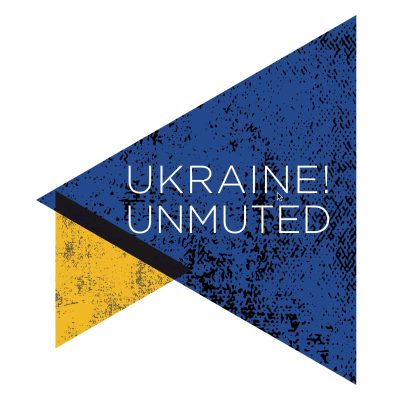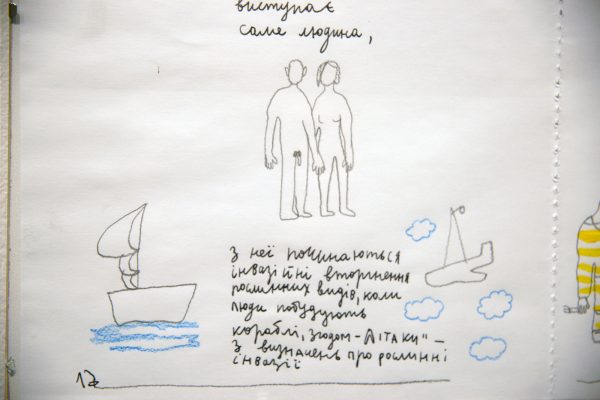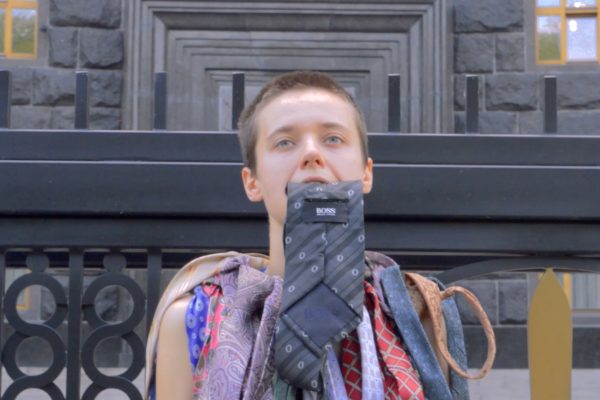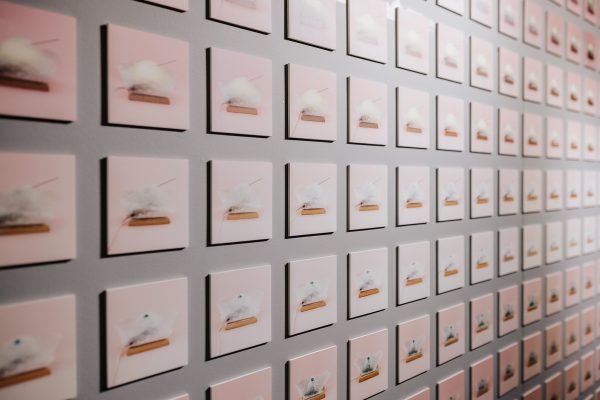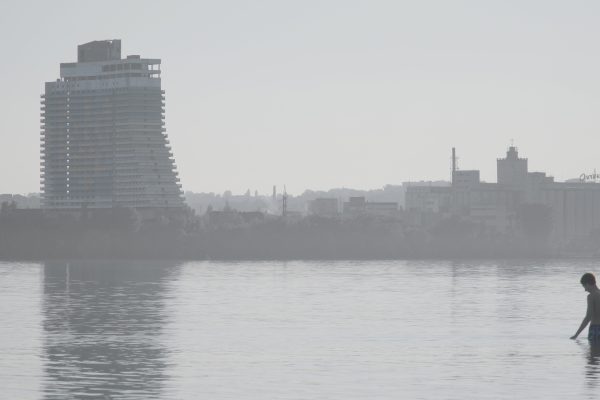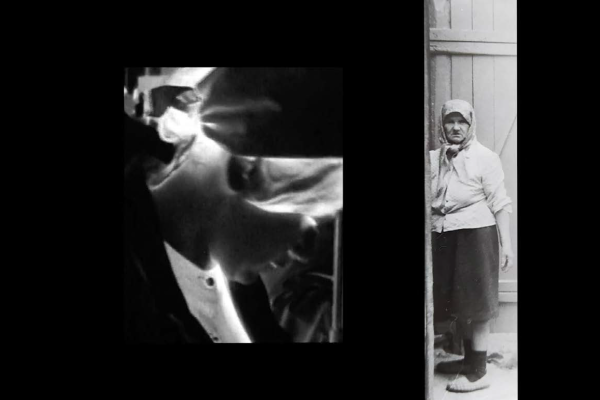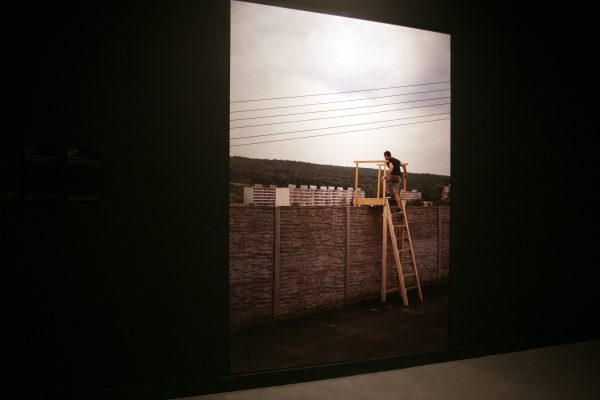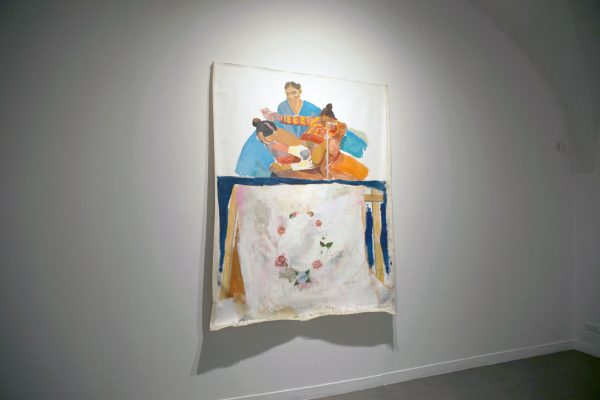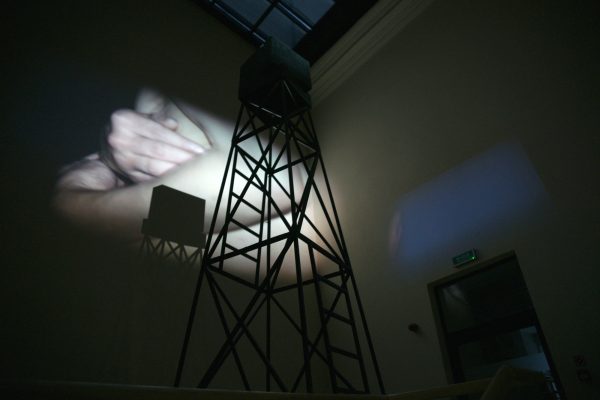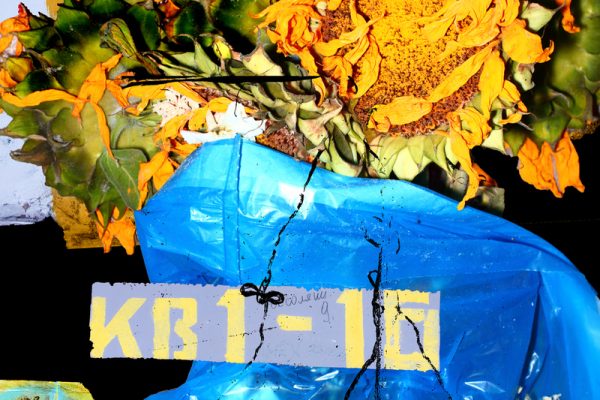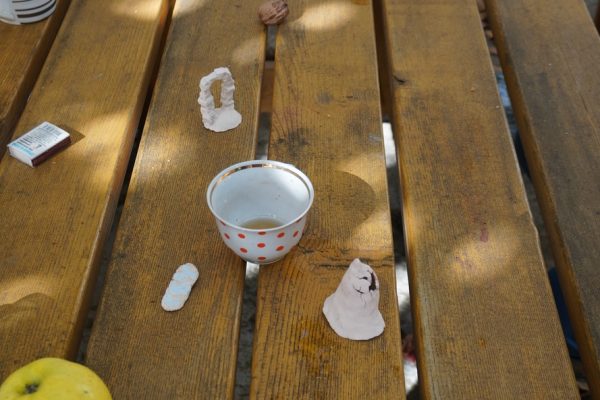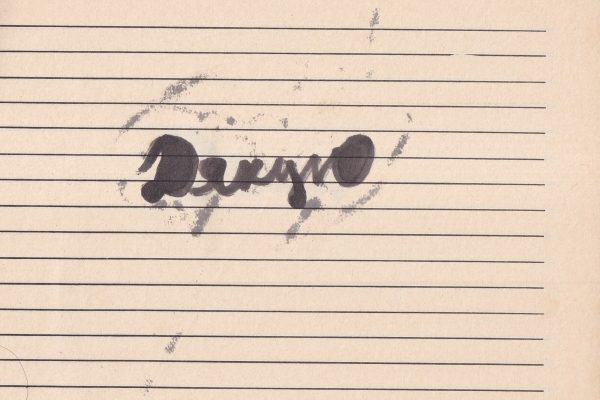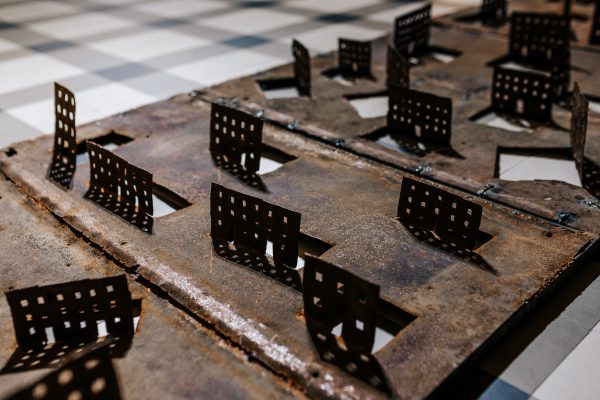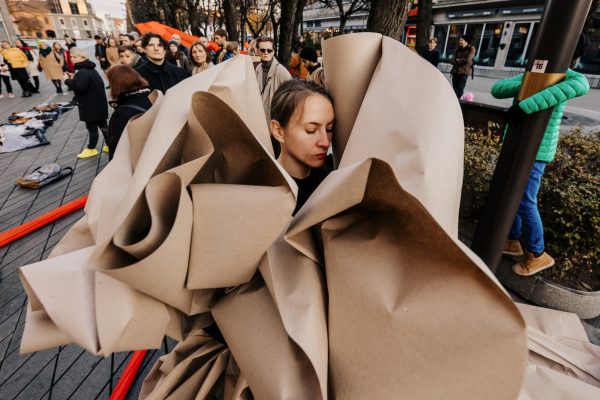The sound was turned o n to explosions,
and now they listen to Ukrainian voices more closely.
War is the price
Ukraine pays
for being in the spotlight
of the global cultural institutions,
those assigned for shaping art canons,
declaring cultural values,
or condemning ones to oblivion.
Ukraine came out of the shade of empires slowly, laboriously, and painfully.
And now Ukraine has a chance
to get its longed-for agency and the voice of its culture.
Ukrainian artists
have been going their own way;
they have their own scale for times good and bad.
Usually that was the pauses between wars and repressions
when they had their heydays.
Against the odds,
Ukrainian art is naturally woven
into the texture of European culture.
Ukrainian art was kept in a blind zone:
it was always here, and yet invisible.
Ukrainian art
has been speaking out from its side of the transparent and silent wall,
it kept sending a signal of danger.
This Ukrainian Cross-Section
is an overview of what was not heard behind the transparent walls,
what was not seen behind the smoke and mirrors.
That’s an overview of what makes our understanding of ourselves closer
and helps to unfold it to the world
Bohdan SHUMYLOVYCH
Were you a slave when you were called?
Don’t let it trouble you
although if you can gain your freedom, do so.
(1 Corinthians 7)
In 2013, just before the Russian war against Ukraine was launched, people in Kyiv protested against president Yanukovych, whose task was to turn my country into a new Belarus. Clearly, people in Kremlin did not take for granted the collapse of the USSR. They instead considered the events of 1989-1990 as a transition to the revival of the Russian empire. I was born in the USSR and remember this state, so I did not want any ‘wayback situation’ in 2013. In November-December 2013, we were marching in Kyiv or protesting in our native towns, and at the same time, the team of curators from Lviv realized in Lublin (Poland, opened in October), an extensive exhibition of Ukrainian art (designed as Triennale in 2010). I was asked to write a text for a catalog, and the whole situation tempted me to discuss post-Soviet Ukrainian art as post-colonial. From the perspective of 2013, it appeared that in 1993 Ukrainians could not discursively describe their artistic practices of the late 1980s. As if the culture was being located in a post-colonial situation or was similar to a female agent dominated by males and patriarchy, vividly described by Professor Gayatri Chakravorty Spivak in a famous essay in 1988. Ukrainian art, I guessed, could not find “its voice” after the collapse of the USSR. Read more
UKRAINIANS: THE PEOPLE WHO CAN
GO HOME: WORK IN PROGRESS
Oksana KARPOVETS
The decolonisation of memory and being through
art entails restoring the right and capacity of the artist
and viewer to make their own choices about what
to remember and how to remember it; to understand
who they are and why they have been thrown into this world.
Madina Tlostanova, “A Leap into the Void”, 2020.
Russian cultural and political elites have for centuries assured the world that the peoples who were once part of the Russian Empire and the Soviet Union should be perceived under the common umbrella of Russian culture. At the same time, they have destroyed language, leveled heritage, rewritten history, and appropriated the achievements, resources, culture and art of the ‘non-titular’ nations. And until recently, it was normal for the ‘former Western empires’, including modern Germany, the US, France and the UK, to accept Russian dominance over these peoples and territories and to look favorably on the Russian vision of them. All empires seek appropriation, homogenization, assimilation and domination. That is why Western imperialism speaks the same language as Russian imperialism, and the voices of people outside the world centers of power are almost never heard. Read more
